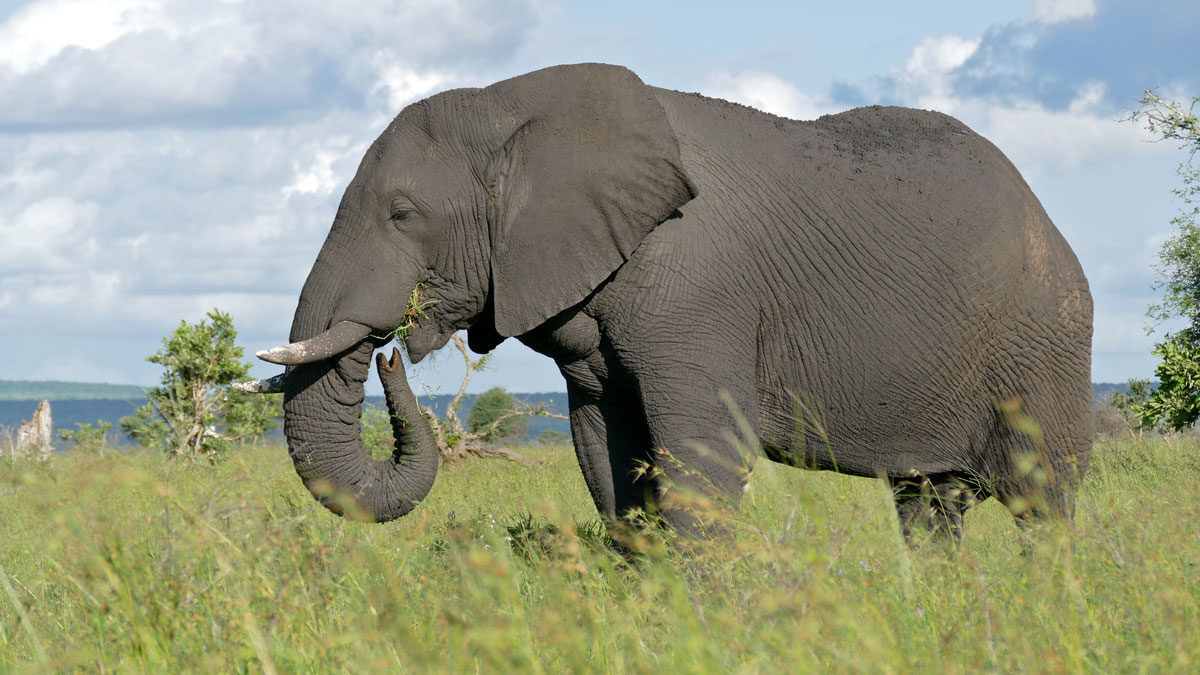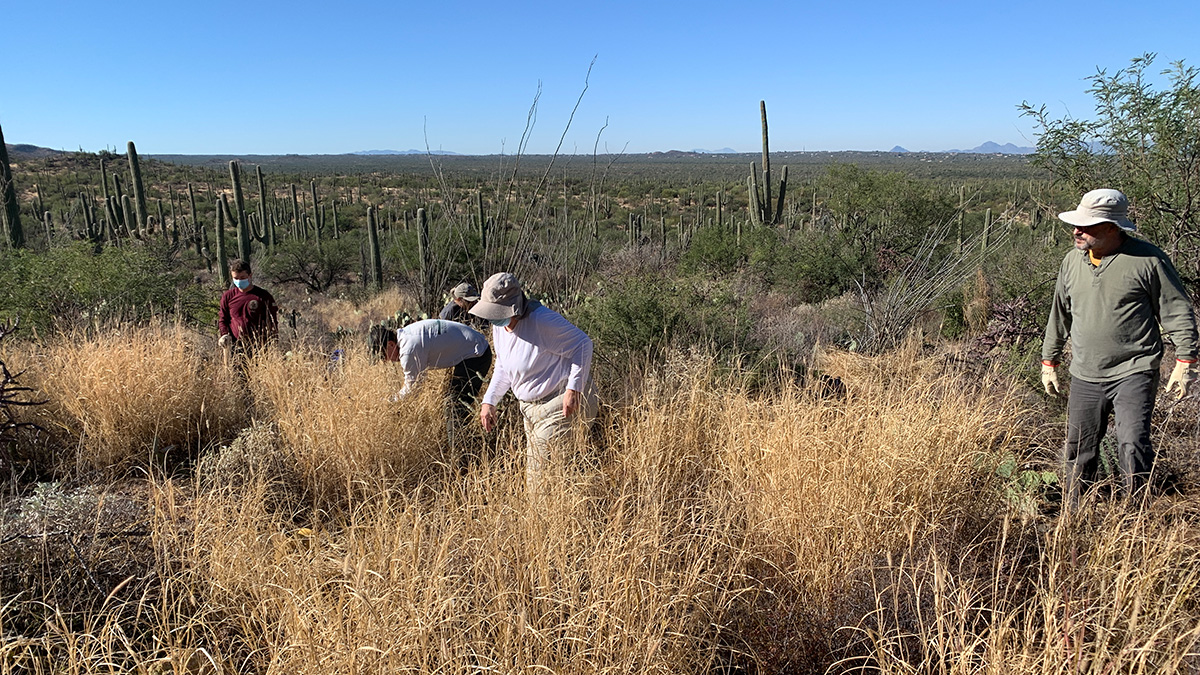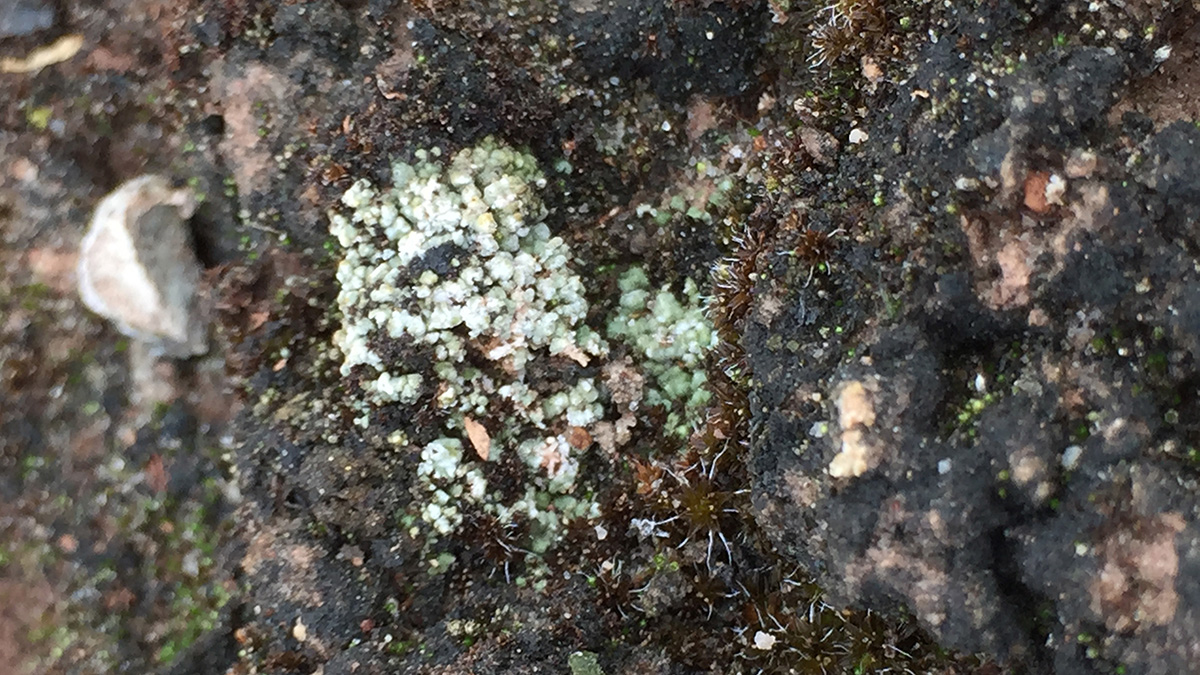Building on the successful Argo network of seafaring temperature and salinity sensors, work is underway to deploy 1,000 floats equipped to study ocean biogeochemistry in greater detail than ever.
ecosystems
Climate Report Rebukes Overshoot Plans with “Irreversible Consequences”
Many pathways to stopping climate change involve overshooting 1.5°C temporarily. The latest synthesis of 34,000 references says that’s a bad idea.
Modeling Forest-Atmosphere Exchange
Studying the interactions between the atmosphere and forests is a key component of understanding forest ecosystems and the interplay between our atmosphere and the living world.
More Fires, More Problems
Increasing incidents of wildfires in the Arctic are not only thawing permafrost but changing the entire underlying structure of the region.
From River to Sea: Estimating Wood Cascades
Dams and deforestation have chipped away at the millions of cubic meters of wood that flow through rivers and out to sea.
Large Herbivores May Improve an Ecosystem’s Carbon Persistence
The grazing habits of wild animals like elephants and boars enable long-term carbon storage, according to new research that stresses the need to align climate mitigation goals with biodiversity conservation.
Invasive Plants and Climate Change Will Alter Desert Landscapes
In experiments conducted in Biosphere 2, invasive buffelgrass weathers higher temperatures and drought conditions better than its native brethren.
Biocrust “Probiotics” Can Aid Dryland Restoration Efforts
Bacteria can speed up the growth of biocrust-forming organisms in nurseries, providing more material for restoration of degraded dryland soil.
New Insights into Terrestrial Ecosystems Through Reanalysis
Reanalysis data, already used to understand terrestrial processes on the physical land surface, the carbon cycle, and the hydrologic cycle, is now being applied to terrestrial ecosystems.
Water Wisdom: The Indigenous Scientists Walking in Two Worlds
Meet the international researchers who draw on both academic training and cultural experience to help Indigenous communities protect water, restore ecosystems, and sustain traditional resources.










